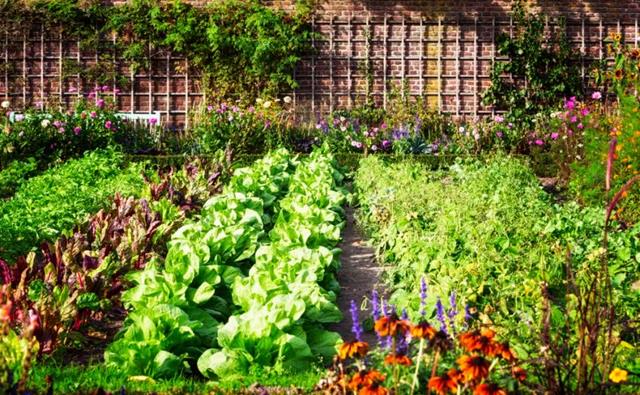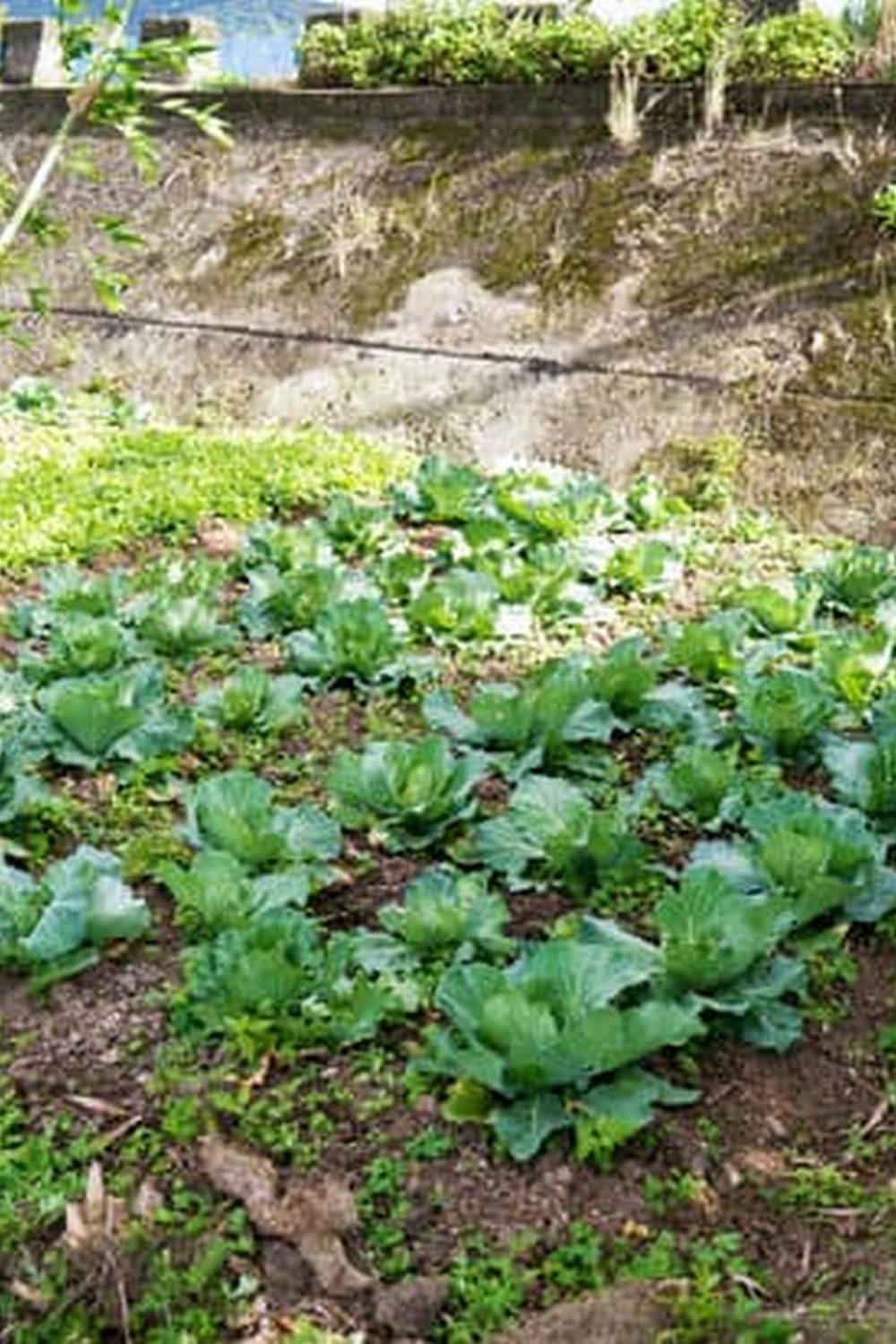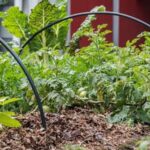
Planting vegetable gardens can be a very rewarding endeavor, not to mention that it’s good for your body because of all the exercise you will get, and the vegetables that you’ll get to eat. These days, it’s really ideal if you can plant your own vegetables to make sure that they’re pesticide free, but a lot of people feel intimidated by the idea of planting vegetable gardens especially in a city.
Vegetable gardens are typically easier to maintain than flower gardens because vegetables are more resilient, especially in different types of weathers. Flowers are typically more delicate to changes in the weather, and don’t adapt as easily. Planting vegetable gardens usually demand a lot of space, although some vegetables can also survive in plant boxes. It really depends on what kind of vegetables you will plant, and what you expect out of your vegetable garden.
Planting Styles The more traditional way of planting vegetables is laying them out in straight, organized lines. Some people prefer to plant alternating rows of different types of vegetables so that when one type of vegetable is about to be harvested, the rows in between them have vegetables that are not yet in season. The soil structure quickly becomes ruined because gardeners have to walk between rows, though.
A popular way of planting vegetable these days is planting them in beds rather than the traditional rows. The beds have to be small enough in size so that you can reach into it and pull out the weeds that will grow among your plants. Beds can also be raised a bit higher off the ground so that the heat will be kept inside longer during cold weather. It also makes for a good drainage system around the beds.
Another planting style that is popular is potager which combines vegetables with flowers and herbs and are planted in a way that is aesthetically pleasing.
For people who have constrained living spaces (especially those who live in the city), vegetables and herbs can grow in smaller plant boxes and containers. Vegetables will need a lot of sunlight and open spaces. If you want to reap a lot of vegetables, you should invest in bigger real estate.
Preparing the soil A very important aspect of planting vegetable gardens is preparing the soil. It doesn’t matter whether you plan to raise vegetables in a small plot of land or in a plant box. Soil preparation is an essential step. Soil can be categorized as sandy or clay-like, with silt being a fine mixture of both sand and clay. Clay particles in sand help retain water longer as well as make the soil absorb water faster. Sandy particles in soil makes the water flow through it easily and lets the air in so that the roots can breathe.
The best way to go when preparing the soil for your vegetable garden it to make try and make the soil be a good balance of clay, silt, and sand. Ideally, it should be 40% silt, 40% sand, and 20% clay. To test it, you can scoop up soil and form it into a ball using your hand. It should not be too hard as to not crumble when you poke at it, but it should also be sticky enough that it retains its shape even if you don’t press it too hard with your hands.
Planting vegetable gardens require a lot of patience. You have to find what works for you, and experiment on getting the right type of soil for the right type of vegetables. All the hard work will be worth it, though, once you experience eating something that grew from a garden that you planted yourself.

If you’re looking to get into vegetable gardening, or are just looking for some tips on how to make your current garden better, then you’ve come to the right place! My name is Ethel and I have been gardening for years. In this blog, I’m going to share with you some of my best tips on how to create a successful vegetable garden.




